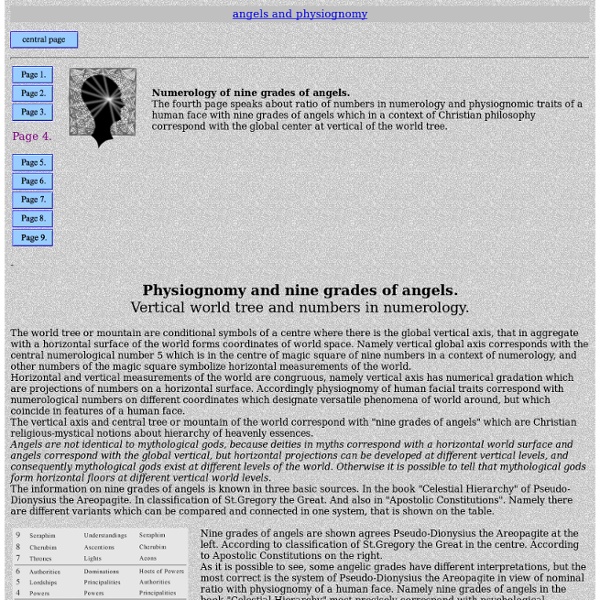e2fc45c0f67df98409ee4f2c9da31f28
Paradiso (Dante)
The Paradiso assumes the medieval view of the Universe, with the Earth surrounded by concentric spheres containing planets and stars. The Paradiso begins at the top of Mount Purgatory, at noon on the Wednesday after Easter. After ascending through the sphere of fire believed to exist in the earth's upper atmosphere (Canto I), Beatrice guides Dante through the nine celestial spheres of Heaven, to the Empyrean, which is the abode of God. The nine spheres are concentric, as in the standard medieval geocentric model of cosmology,[1] which was derived from Ptolemy. During the course of his journey, Dante meets and converses with several blessed souls. "But all those souls grace the Empyrean; and each of them has gentle life though some sense the Eternal Spirit more, some less However, for Dante's benefit (and the benefit of his readers), he is "as a sign"[3] shown various souls in planetary and stellar spheres that have some appropriate connotation. The florin, the "damned flower," Canto 9.
Book of Enoch: Watchers and the Nephilim - Part 1/3
Divine Comedy: Paradiso Wikipedia | The Empyrean
This content is from Wikipedia. GradeSaver is providing this content as a courtesy until we can offer a professionally written study guide by one of our staff editors. We do not consider this content professional or citable. Please use your discretion when relying on it. From the Primum Mobile, Dante ascends to a region beyond physical existence, the Empyrean, which is the abode of God. Beatrice, representing theology,[45] is here transformed to be more beautiful than ever before, and Dante becomes enveloped in light, rendering him fit to see God[45] (Canto XXX): "Like sudden lightning scattering the spirits of sight so that the eye is then too weak to act on other things it would perceive,such was the living light encircling me, leaving me so enveloped by its veil of radiance that I could see no thing.The Love that calms this heaven always welcomes into Itself with such a salutation, to make the candle ready for its flame St.
The gift that you are
Jewish angelic hierarchy
Angels in Judaism (angel: Hebrew: מַלְאָךְ mal’āḵ, plural mal’āḵīm) appear throughout the Hebrew Bible, Talmud, Rabbinic literature, and traditional Jewish liturgy. They are categorized in different hierarchies. Maimonides[edit] Maimonides, in his Mishneh Torah or Yad ha-Chazakah: Yesodei ha-Torah, counts ten ranks of angels in the Jewish angelic hierarchy, beginning from the highest: Kabbalah[edit] According to the Golden Dawn's interpretation of the Kabbalah, there are ten archangels, each commanding one of the choirs of angels and corresponding to one of the Sephirot. See also[edit] Hermetic Order of the Golden Dawn References[edit] External links[edit]
Dante Alighieri
Un article de Wikipédia, l'encyclopédie libre. Dante Alighieri (Durante degli Alighieri dit « Dante ») est un poète, écrivain et homme politique florentin né entre la mi-mai et la mi-juin 1265 à Florence et mort le à Ravenne. « Père de la langue italienne », il est, avec Pétrarque et Boccace, l'une des « trois couronnes » qui imposèrent le toscan comme langue littéraire. Poète majeur (« Il sommo poeta » ou simplement « Il poeta ») du Moyen Âge, il est l'auteur de la Divine Comédie, la plus grande œuvre écrite dans cet idiome et l'un des chefs-d'œuvre de la littérature mondiale. Biographie[modifier | modifier le code] Patronyme[modifier | modifier le code] Sarcophage contenant les ossements de Dante à Ravenne. Le nom de Alighieri s'écrivait à l'origine « Allighieri » avec deux « L ». Jeunesse[modifier | modifier le code] Quand Dante eut 12 ans, en 1277, son mariage fut négocié avec Gemma, fille de Messer Manetto Donati, qu'il épousa ensuite. Un florentin engagé[modifier | modifier le code]
Fallen Angels : 12,000 Year Old Ancient Texts Deciphered



